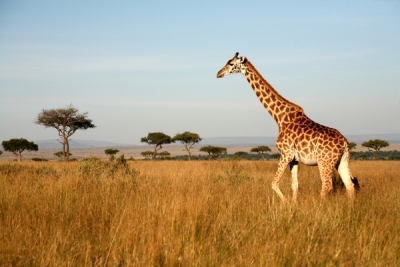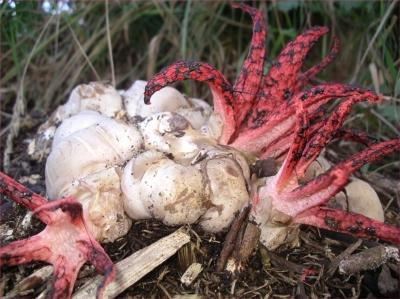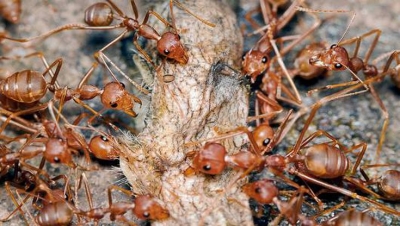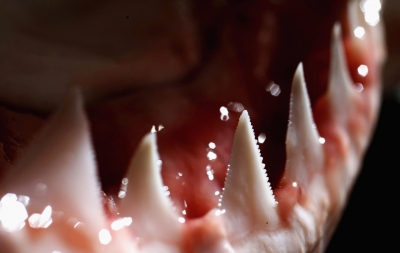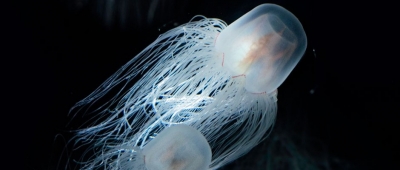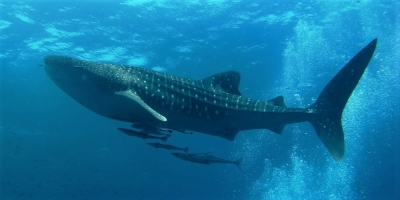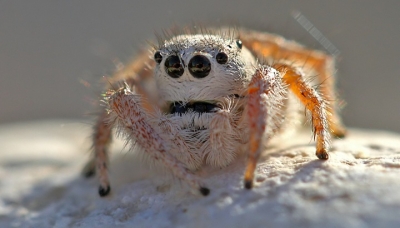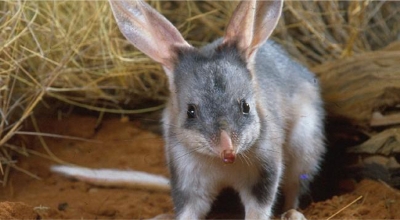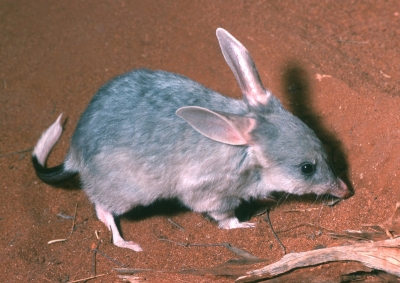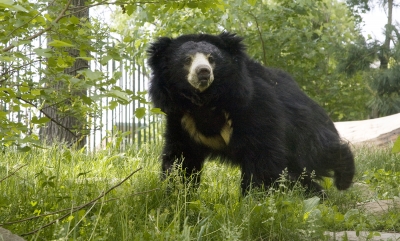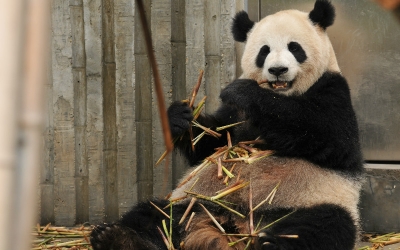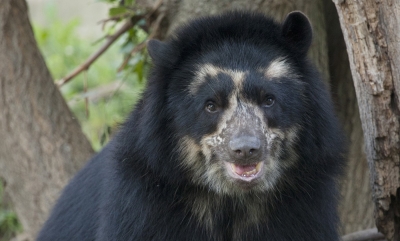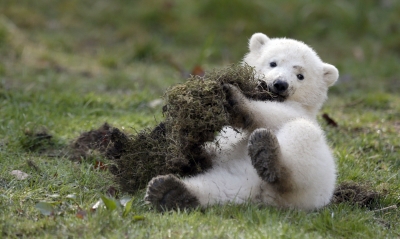How can crocodiles use ocean currents to travel longer distances?
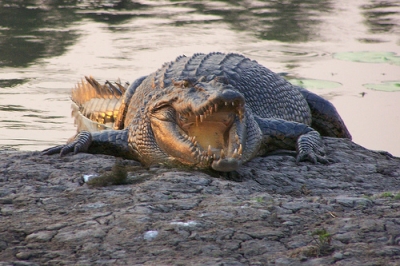
Saltwater crocodiles enjoy "catching a wave" and can travel hundreds of kilometres by surfing on ocean currents. This current riding behaviour allows for the conservation of energy. Estuarine or saltwater crocodiles (Crocodylus porosus), found in Southern Asia and Australia, are the world's largest reptiles and can grow up to 5.5 metres in length.
Working at the remote Kennedy River in northeastern Australia, the team of scientists — which included the late Steve Irwin, "The Crocodile Hunter" — tagged 27 adult seawater crocodiles with sonar transmitters, employing 20 underwater receivers deployed along a 39-mile-long stretch of the river (63 km) to track the reptiles' every move for more than 12 months. They found both male and female adult crocodiles undertook long-distance journeys, regularly traveling more than 30 miles (48 km) from their home area to the river mouth and beyond into open sea.
The scientists also discovered the "salties" always began long-distance travel within an hour of the tide changing, allowing them to go with the flow. They halted their journeys by hauling out onto the river bank or diving to the river bottom when the currents turned against them.
The researchers originally were just aiming to investigate the territorial habits of the crocodiles and how they divvied up land among themselves.
Credit : Live Science
Picture Credit : Google
